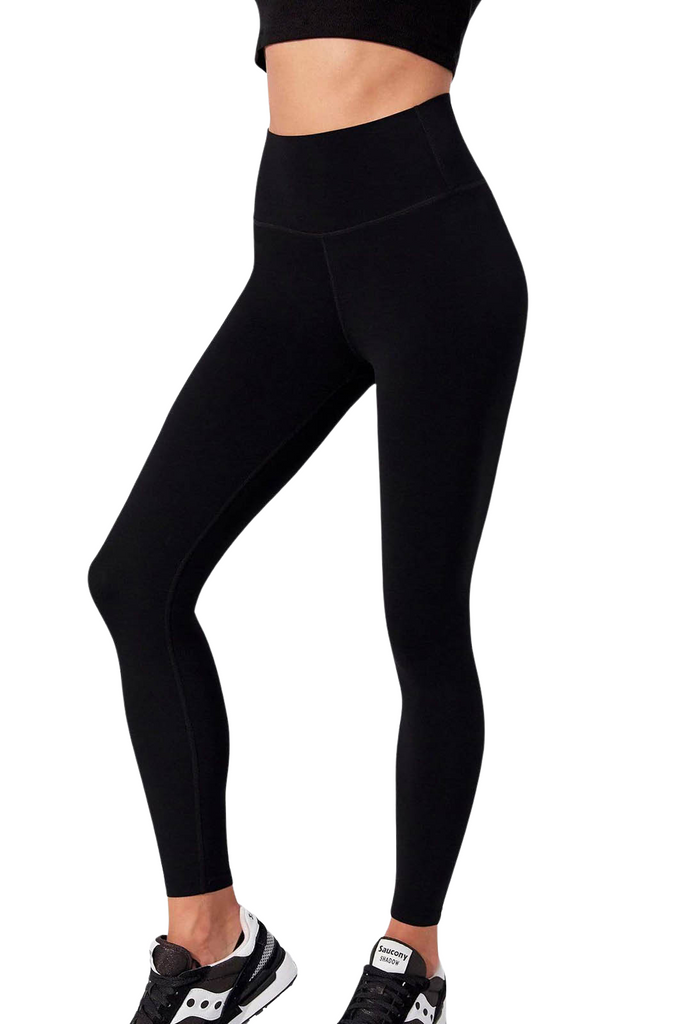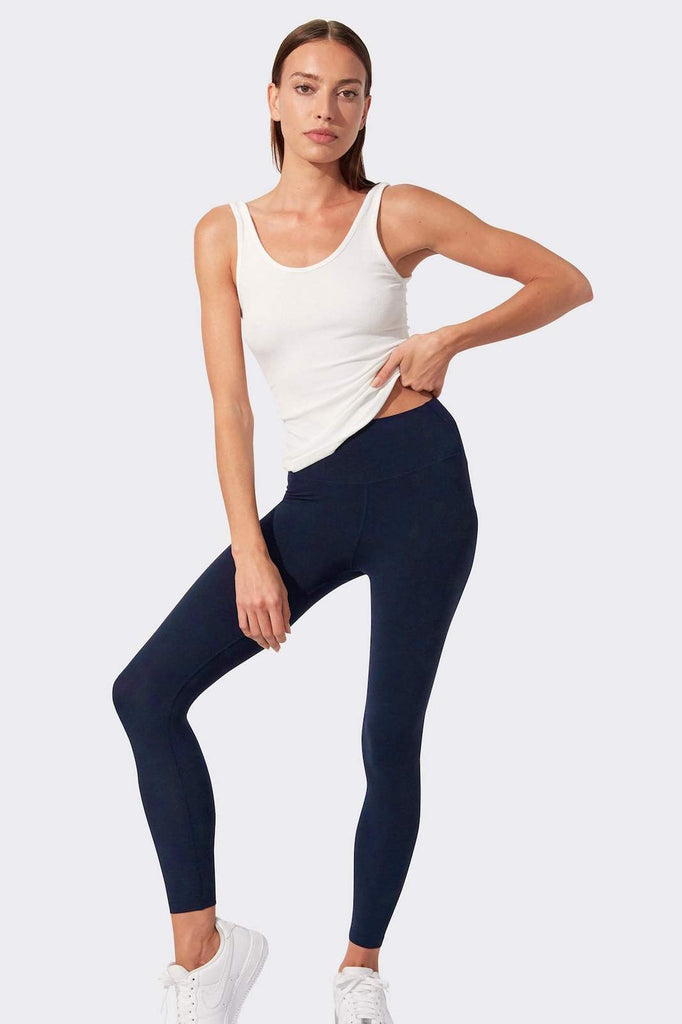Via Jeffrey Vogel, MD:
1. Background: It is important for people to understand WHY we are wearing masks in the first place. Masks protect others from the germs and other expectorates that come from our mouths and nose when we talk, sneeze, cough, burp, laugh, etc. These germs are often carried in microscopic drops of water and can spread to the areas around out bodies. In high concentrations, these germs can be picked up by others (oftentimes through breathing, and if these germs are "bad" can infect that person. So contrary to popular belief that masks protect us from others, standard masks protect others from our germs.
2. Wearing a mask while running or exercising: The basis of the 6ft recommendation that is now in place is that if you stay at least 6 feet from others, the germs coming from their mouths will not be able to travel far enough for transmission risk. Also important to consider are factors such as indoor space: ventilation quality, proximity limitations to others due to fixed dimensions, etc. vs. outdoor space: much larger area for germs to spread, wind, and larger spaces typically. So when exercising outside, as long as you are staying six feet or greater from others, and given the above factors, you should be safe from both transmission of germs as well as reception of germs from others under normal circumstances.
3. Recommendations for optimizing safety while working out in public
a. Choose times when there's fewer people around (early AM, early afternoon) as opposed to right after work when everyone will be trying to get a little exercise and Vitamin D!
b. Plan out running paths that are distant from urban areas, sidewalks on main streets, and known congregation spots
c. If unable to do the above, make sure that you have a mask (best would be something breathable like a light-weight balaclava) that you can wear when passing through busy areas, or when you are within 6 feet of others.
As we are in an unprecedented time, and we all need to do our part to limit likelihood of transmission of this coronavirus, it would be my recommendation that you have a mask around your neck while running outdoors at all times. Even in situations when you are mostly able to control for the above, one might unexpectedly encounter a busy space that requires the temporarily covering of ones mouth and nose for the benefit of others.



